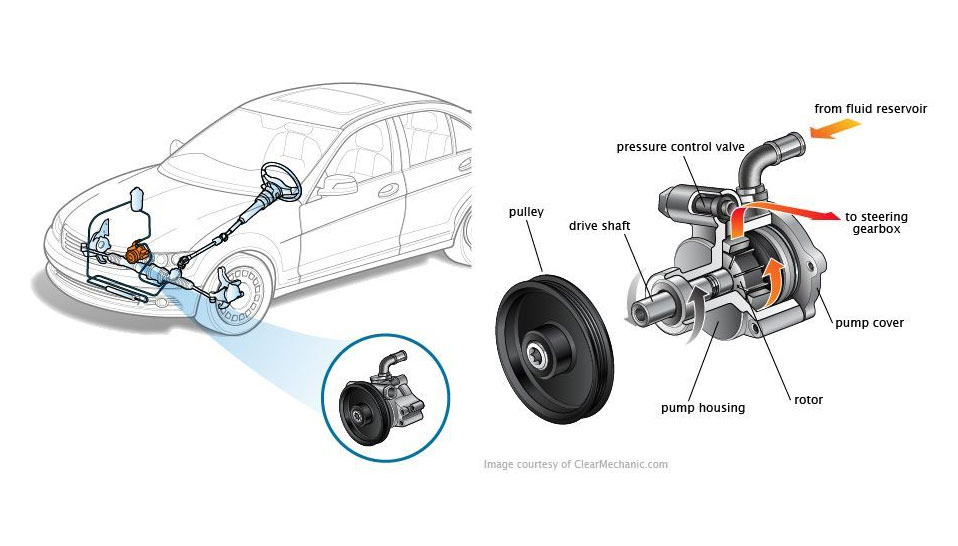Is Your Vehicle's Suspension Giving You Trouble? Let's Fix That with instaMek!


Are those peculiar sounds becoming a part of your daily drive? Hearing clunks or squeaks when navigating bumps? It seems like your vehicle’s suspension might need some attention. At instaMek, ensuring your safety on the road is our top priority, and we understand the importance of staying within your budget.
Our expert team is here to diagnose and resolve your suspension issues efficiently and affordably. We firmly believe that safety and cost-effectiveness go hand in hand. When you bring your vehicle to us with suspension concerns, our skilled service professionals conduct meticulous inspections to identify the root cause. We’re committed to providing clear explanations of the problem and proposing solutions that fit your budget.
We understand the urgency of addressing suspension problems promptly. That’s why we’re dedicated to delivering comprehensive suspension repairs without compromising on quality or affordability. At instaMek, we’re committed to ensuring your peace of mind on the road while keeping your car repair budget intact.
Let instaMek take care of your suspension worries! Drive smoothly and safely with our expert suspension repair services.
Power steering fluid goes through the power steering hydraulic system. The system is pressurized by the power steering pump and by way of pistons, valves, or plungers decreases the effort needed by the driver in controlling the steering wheel. The pressure drops and the power steering system loses its hydraulic pressure when the pump stops pumping.
Metal particles will contaminate the fluid as components in the steering system erode. This will cause seals in the system to leak and components to eventually fail. Checking the fluid level and changing the fluid at regular intervals recommended by the manufacturer is important for the life of the hoses, pistons, valves, seals, and the power steering pump itself.
- Hearing a siren-like or whirring sound from the steering pump
- Topping up the fluid tank as its level drops.
- Determining that spots on the garage floor or parking spot are not simply oil leaks from the engine
It depends on the type of car you drive and the auto repair shop you go to. Our mechanics are mobile, which means they don’t have the overhead that repair shops have. They provide you convenience by coming to your home or office.
Fluid can leak from numerous places in the steering system. The most common sources of leaks are the following 4 areas:
- Power steering pump: The power steering pump is driven off the car’s engine. Pump seals can become damaged because of the contact with dirty fluid or they can become worn-out from thousands of miles of use.
- Power steering hoses: Another possible problem area are the lines that run from the pump to the steering rack, or gear, particularly where the high-pressure hose are connected with the metal fittings.
- Power steering rack or gear: The steering rack itself can lose fluid from its own seals.
- Power steering cooler: Some assisted steering mechanisms have coolers, which complicate the matter and bring additional plumbing and potential for leaks. These coolers are often attached in the front of the car, where damage can occur.
- The power steering pump is bolted to the engine through a bracket that allows for adjustment of the pump drive belt if driven by a drive belt. The drive belt is removed once the engine is cold and safe to work on.
- If driven by an electric pump, the pump may be mounted in conjunction with the steering shaft or in conjunction with the steering rack. Removal of any dash, panel, or steering components is performed to access the pump with either a drive belt or electric pump.
- The threaded connectors to the pump inlet and outlet are loosened and detached.
- Any mounting brackets and bolts are removed so the pump can be removed.
- The system is flushed if the old pump has failed terribly, or there is reason to suspect contaminants in the power steering hoses.
- The new pump is fastened on, the pressure and return hoses attached and the system is depleted of all air. Pump is tightened to the manufacturer’s specification if it is belt-driven.
- Lastly, the engine is run and the car is road tested to ensure normal steering effort. If a new drive belt was installed, belt tension is measured again, and adjusted as necessary, after the belt has run for a few minutes.
No. The pump reservoir will not hold fluid due to a large leak if the power steering pump is operated without an adequate amount of fluid. The pump could seize, which would snap the serpentine belt and likely leave you stranded. If the pump turns and there is enough fluid, but there is no power assist, it will need much greater effort to turn the steering wheel, and that presents inherent safety risks. Generally, the wisest course is to seek immediate repairs if you suspect a problem with any component in your car’s power steering system.
Our Clients Say The Nicest Things
Power Steering Fluid Leak Inspection in Your area
- Power Steering Fluid Leak Inspection in Vancouver
- Power Steering Fluid Leak Inspection in Calgary
- Power Steering Fluid Leak Inspection in Edmonton
- Power Steering Fluid Leak Inspection in Burnaby
- Power Steering Fluid Leak Inspection in Richmond
- Power Steering Fluid Leak Inspection in Surrey
- Power Steering Fluid Leak Inspection in London
- Power Steering Fluid Leak Inspection in Kelowna
